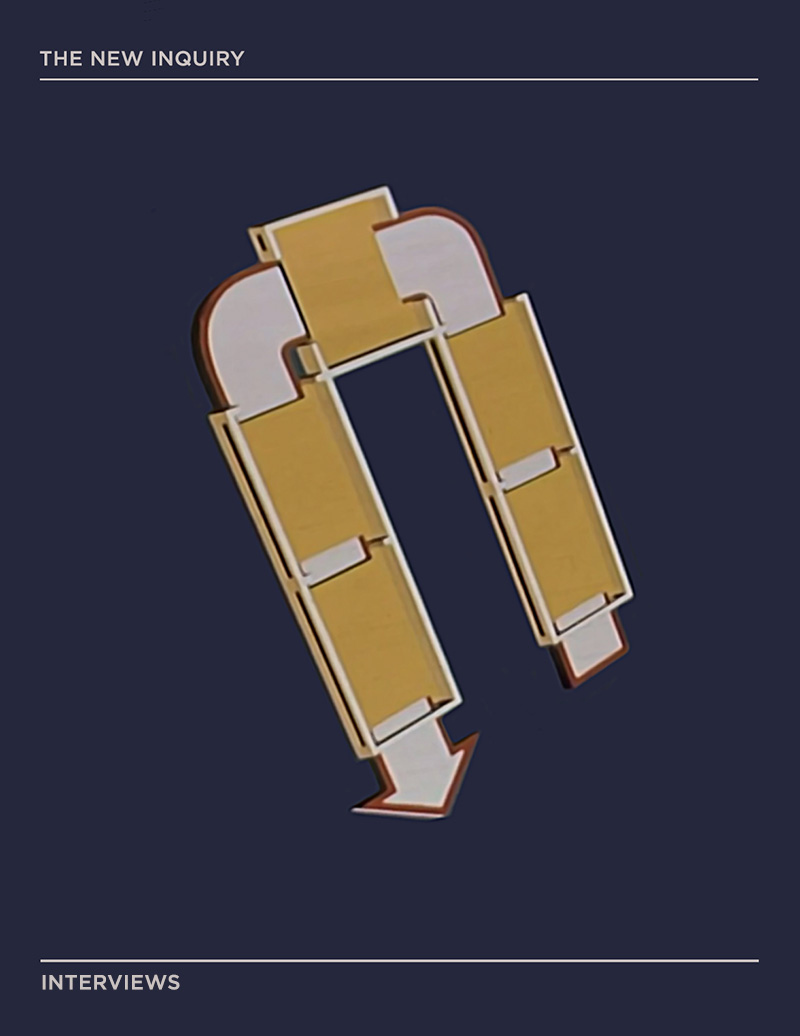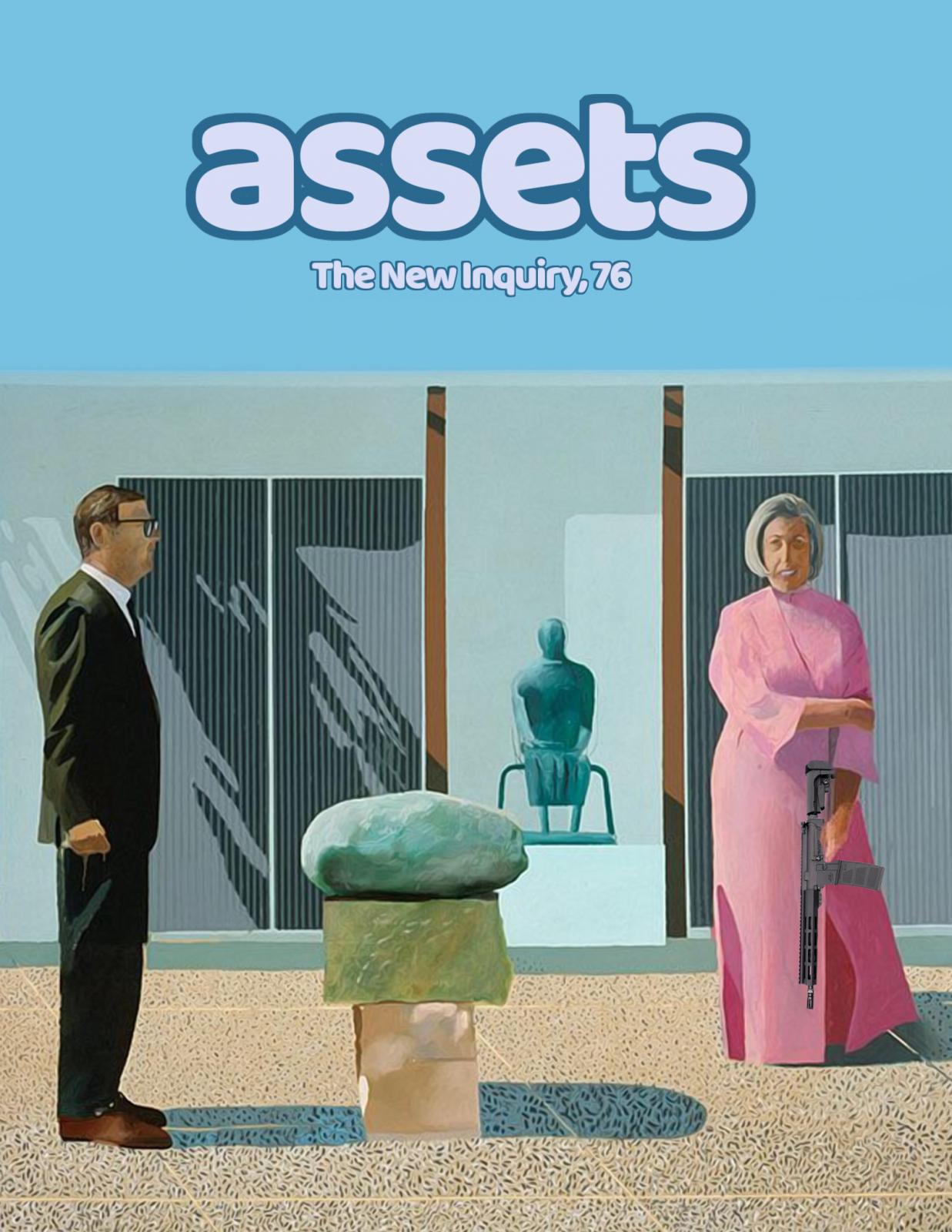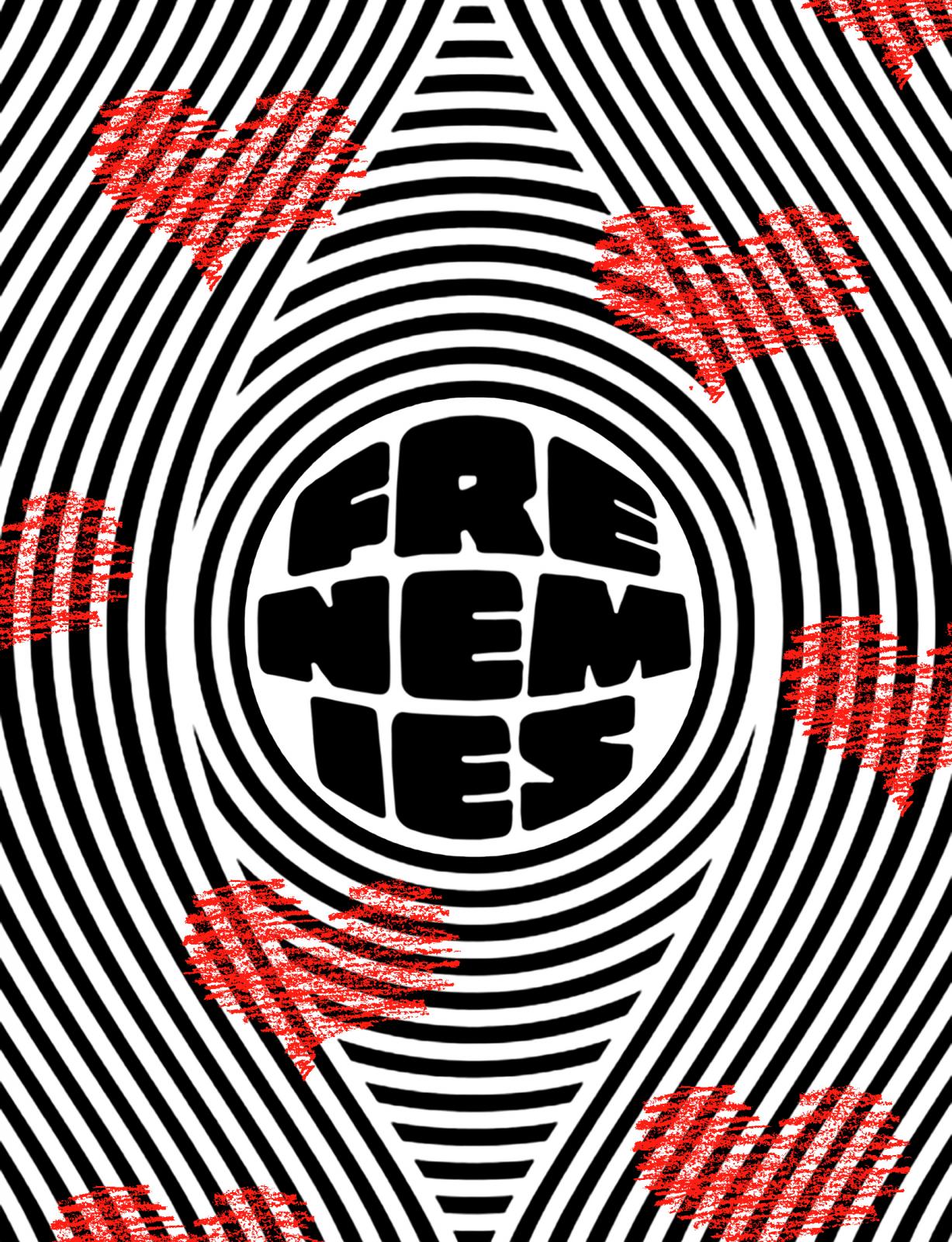Interviews
Editors' Note
IF all writing in public is a form of seduction, as Stephen King says, then the interview is one of the subtlest come-ons. It can masquerade as a conversation and lull with its artfully contrived spontaneity and concision. It can make its subjects seem tantalizingly accessible, yet the immediacy can amplify obscurity, proliferate double-meanings, parallax perspectives. The documented exchange also points to questions unasked, answers elided.
By attending minutely to a subject’s experience, anxiety, and expertise, an interviewer can become a collaborator with one step, an interrogator with another. The interviewee modulates their trust, cooperates and resists, sometimes simultaneously. This is all part of the seduction, though who is seduced at any moment is always in question: the speaker, the listener, or the eventual readers.
But the interviewee must be especially aware of being seduced, because the performance is not mainly for them. The interview subject is always navigating two audiences simultaneously, one of which will betray them for the other. And not all interviews are meant for public ears. Some interviews end with a job offer; others end in arrest.
In the New Inquiry’s application to the IRS for nonprofit status, we claimed we were a “space for discussion.” With this issue, we take this quite literally, going all in on interviews. They cover a range of topics, from the writing scene in Côte d’Ivoire to anti-displacement activism in Brooklyn; from challenges to the biological basis of gender to novels about racial-reassignment surgery. In each, a specific, delimited object of expertise unfurls to reveal how it is embedded in global, dynamic systems of production and capture: mushroom pickers in the Pacific Northwest signal shifts in capital accumulation and labor relations; accounting practices migrate from high finance to our intimate self-assessments.
Yahdon Israel interviews novelist Jess Row, whose Your Face in Mine prompts Israel to ask, Why do so many white people no longer want to be white? Azeen Ghorayshi interviews Anne Fausto-Sterling, whose landmark book Sexing the Body challenged the biological basis of sex and the presumption of scientific objectivity. Matthew Kiem talks to fellow activist Angela Mitropolous, who connects an analysis of economic risk to Australia’s politics of racial exclusion and border controls.
Miranda Trimmier pushes theorist Miranda Joseph to trace the history of her project on debt and accounting to its origins in anti-prison work, as well as her tenure in her university’s budget advisory board. Sitting on the ground in a hotel parking lot, Aaron Bady interviews Edwige-Renée DRO, an Ivorian writer who diagnoses the African publishing industry’s problems as matters of infrastructure and class.
Branden Adams’s interview with anthropologist Anna Tsing draws lessons from fungus harvesters to illuminate that most persistent fungus, capitalism. Cynthia Tobar interviews longtime Bushwick resident and community organizer Jose Lopez, who connects displacement to housing laws and challenges neighborhood newcomers to join the longstanding efforts to change them. And in Am Schmidt’s chat-form exchange with Wynne Greenwood, the Seattle artist behind the electro-pop performance-art project Tracy + the Plastics, they explore Greenwood’s recent restaging of her lost archive. They explore the degree to which when we perform ourselves, we also perform to ourselves.
We are grateful to our interviewers and interviewees, and their willingness to speak, to step out and perform on an uncertain stage in front of an ultimately unknowable audience. Without the considered editorial control available in written modes of self-expression, the interviewee is not only at the mercy of her own speech but of the interviewer’s intent. The interview is perhaps a sinister form. After all, any interview, no matter what else it covers, teaches the same lesson: be careful about what you say.
Featuring
-
The New Inquiry Vol. 49: Interviews
-
This Sex Which Is Not Two
-
Cap and Trade
-
Called to Account
-
Draw the Line
-
Cross-Border Operations
-
White Bodies, Black Faces
-
Opening the Gate
-
More Could Have Happened With That Subplot





